I would like to know how to calculate a Laplacian mask of an arbitrary odd size kernel (2nd derivative). For example, I know a 3x3 would be:
1 1 1
1 -8 1
1 1 1
And a 5x5 mask would be:
1 1 1 1 1
1 1 1 1 1
1 1 -24 1 1
1 1 1 1 1
1 1 1 1 1
However, this is all I know. I don't know how these were calculated. I believe that all 2nd derivative masks always have a different center number surrounded by 1s. My question is, how would I calculate the center number for nxn where n is odd? (e.g. 7x7, 15x15, etc.) I am planning on implementing this in Matlab. I appreciate any help I can get.

